What Does A Yellow Lens Filter Do ?
A yellow lens filter is used in photography to enhance contrast and reduce haze in certain lighting conditions. It helps to block out blue light and allows more yellow light to pass through the lens. This can be particularly useful when shooting landscapes or outdoor scenes, as it can make the sky appear bluer and clouds more defined. Additionally, a yellow filter can also improve visibility in foggy or hazy conditions by cutting through the atmospheric particles and increasing overall clarity in the image.
1、 Enhances contrast and sharpness in black and white photography.
A yellow lens filter is a popular tool used in photography to enhance contrast and sharpness, particularly in black and white photography. When placed in front of the camera lens, the yellow filter absorbs blue and ultraviolet light, allowing yellow and green light to pass through. This selective filtration has several effects on the resulting image.
Firstly, the yellow filter darkens the sky, making clouds stand out more prominently against the blue background. This creates a more dramatic and dynamic effect in landscape photography. Additionally, the filter enhances the contrast between different tones of gray, making the image appear sharper and more defined. It achieves this by reducing the amount of blue light that reaches the film or sensor, which tends to scatter and soften details.
Moreover, the yellow filter can also improve the visibility of certain objects. For example, it can make foliage appear brighter and more distinct, as it allows more green light to pass through. This can be particularly useful in nature photography, where capturing the intricate details of leaves and plants is often desired.
In recent years, with the rise of digital photography and post-processing techniques, the use of physical lens filters has somewhat declined. Many photographers now prefer to achieve similar effects through software editing. However, there are still enthusiasts who appreciate the authenticity and simplicity of using physical filters, as they allow for a more direct and immediate control over the image.
In conclusion, a yellow lens filter enhances contrast and sharpness in black and white photography by selectively filtering out blue light. It darkens the sky, improves the visibility of certain objects, and creates a more dramatic and defined image. While the use of physical filters has decreased in the digital age, they still hold value for photographers seeking a more hands-on approach to their craft.
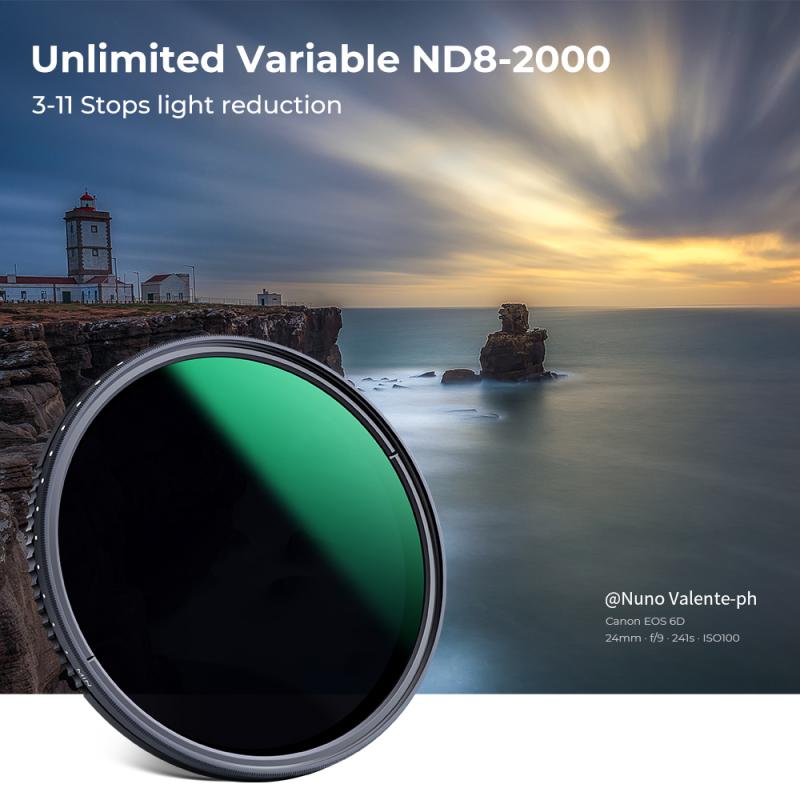
2、 Reduces blue light and improves visibility in foggy conditions.
A yellow lens filter is a type of optical filter that is commonly used in eyewear, cameras, and other optical devices. Its primary function is to reduce blue light and improve visibility in foggy conditions.
Blue light has a shorter wavelength and higher energy compared to other colors in the visible light spectrum. This makes it more prone to scattering when it encounters particles in the atmosphere, such as water droplets in fog. As a result, blue light can cause glare and reduce visibility, especially in low-light or foggy conditions.
By using a yellow lens filter, the amount of blue light that reaches the eyes or camera sensor is reduced. This helps to minimize glare and improve contrast, making objects appear sharper and more defined. The filter achieves this by selectively absorbing blue light and allowing other colors, such as yellow and orange, to pass through.
In addition to reducing glare and improving visibility in foggy conditions, yellow lens filters also have other benefits. They can enhance depth perception, making it easier to judge distances accurately. They can also increase visual comfort by reducing eye strain and fatigue, particularly in situations with high levels of blue light, such as when using electronic devices or driving at night.
It is worth noting that while yellow lens filters have been widely used and appreciated for their benefits, the latest point of view suggests that the effectiveness of these filters may vary depending on individual preferences and specific environmental conditions. Some studies have shown mixed results regarding their impact on visual performance. Therefore, it is important for individuals to try different lens filters and assess their personal experience to determine the most suitable option for their needs.
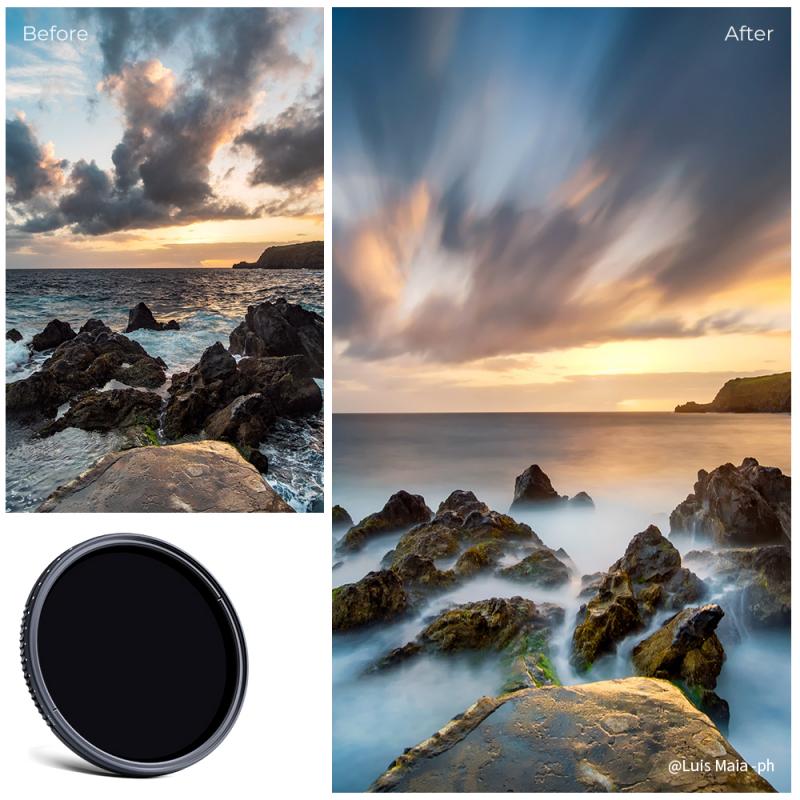
3、 Enhances warm tones and reduces blue light in color photography.
A yellow lens filter is a tool used in color photography to enhance warm tones and reduce blue light. When placed in front of the camera lens, it alters the color balance of the image, resulting in a warmer and more pleasing overall tone.
The primary function of a yellow lens filter is to correct the color temperature of the scene being photographed. It achieves this by absorbing a significant amount of blue light, which is often present in outdoor settings or under certain lighting conditions. By reducing the blue light, the filter helps to balance the color temperature, resulting in more accurate and natural-looking colors.
In addition to color correction, a yellow lens filter can also enhance the overall mood and atmosphere of the photograph. The warm tones that are emphasized by the filter can create a sense of nostalgia or evoke a particular emotional response from the viewer. This can be particularly useful in landscape or portrait photography, where the intention is to convey a specific feeling or ambiance.
It is worth noting that with the advancements in digital photography and post-processing software, the use of physical lens filters has become less common. Many photographers now prefer to achieve similar effects through digital manipulation. However, there are still situations where using a yellow lens filter can be beneficial, especially for photographers who prefer to capture the desired effect in-camera rather than relying heavily on post-processing.
In conclusion, a yellow lens filter enhances warm tones and reduces blue light in color photography. While its usage has diminished with the rise of digital manipulation, it still holds value for photographers seeking to achieve a specific mood or atmosphere in their images.
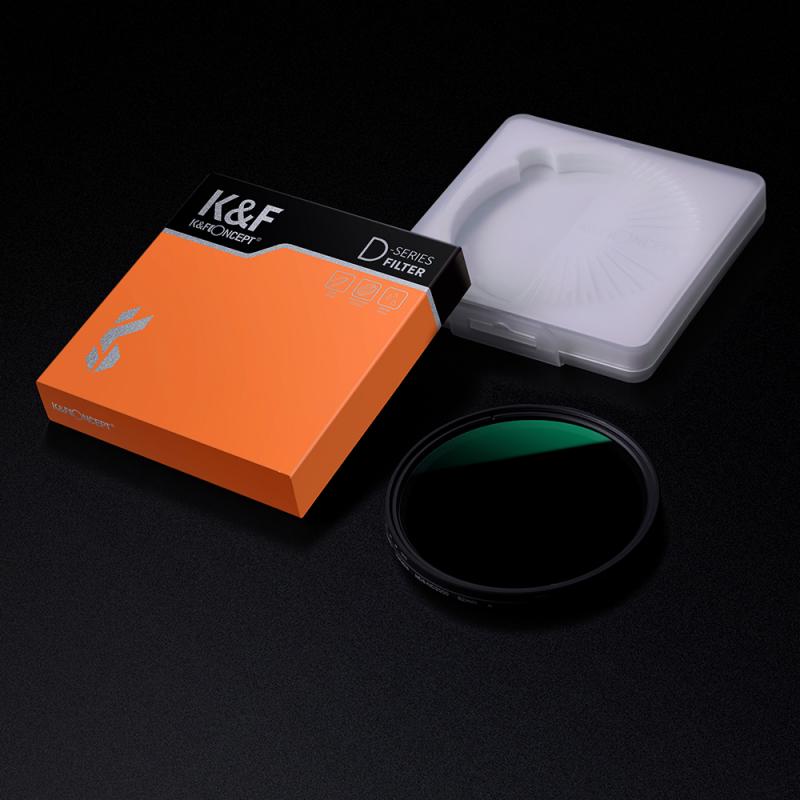
4、 Improves visibility and reduces glare in low-light situations.
A yellow lens filter is a type of optical filter that is commonly used in various applications, including photography, driving glasses, and sports eyewear. The primary purpose of a yellow lens filter is to improve visibility and reduce glare in low-light situations.
The yellow color of the lens filter helps to enhance contrast and depth perception, making objects appear sharper and more defined. This is particularly beneficial in conditions where there is limited natural light, such as during dusk or dawn, or in foggy or hazy environments. By filtering out certain wavelengths of light, the yellow lens filter allows the eyes to perceive the surroundings with greater clarity.
Furthermore, the yellow lens filter helps to reduce glare, which is caused by the reflection of light off surfaces such as water, snow, or glass. Glare can be particularly problematic when driving or participating in outdoor activities, as it can impair vision and cause discomfort. The yellow tint of the lens filter helps to absorb and scatter the excess light, minimizing the glare and allowing for a more comfortable and safer experience.
In addition to its practical benefits, the yellow lens filter has gained popularity in recent years for its potential to improve visual performance and reduce eye strain. Some studies suggest that the yellow tint can increase visual acuity and enhance color perception, making it easier to distinguish details and objects in challenging lighting conditions.
Overall, a yellow lens filter is a valuable tool for improving visibility and reducing glare in low-light situations. Whether used in photography, driving glasses, or sports eyewear, it can provide a significant advantage in terms of safety, comfort, and visual performance.
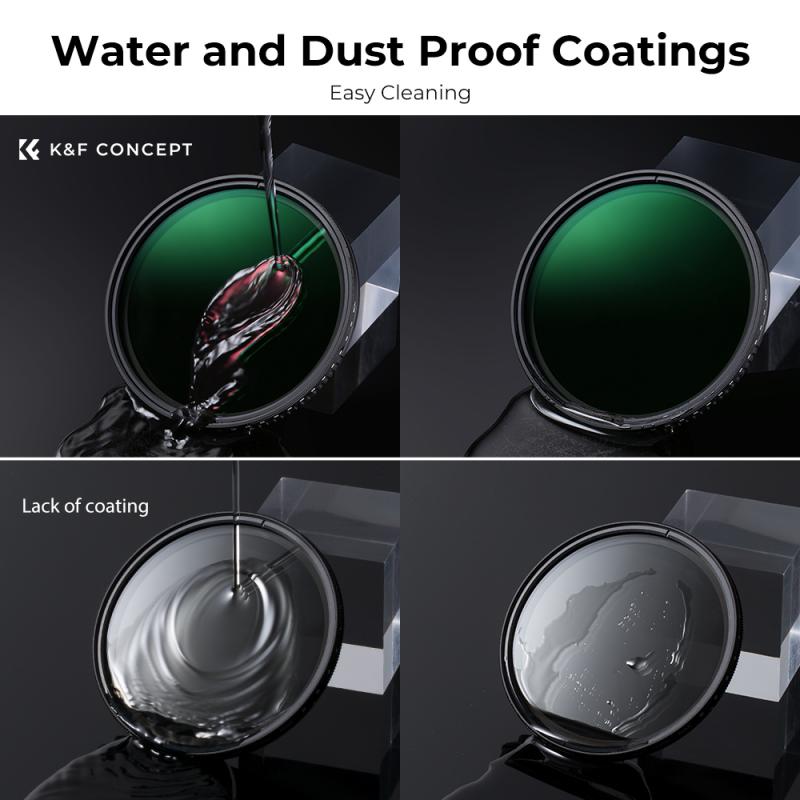






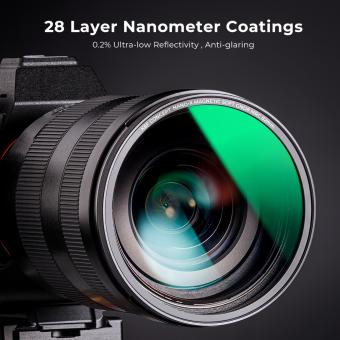

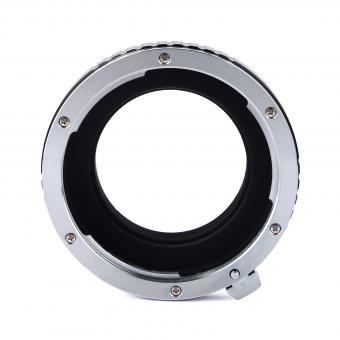

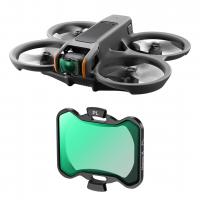



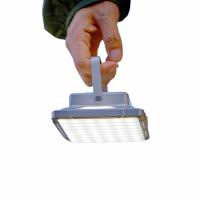





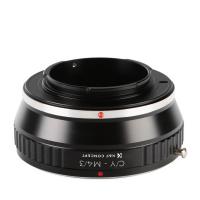



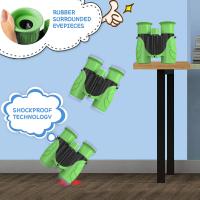

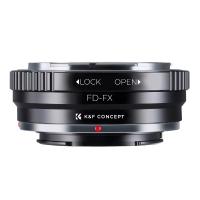

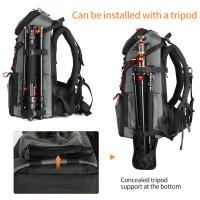
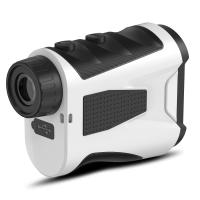
There are no comments for this blog.